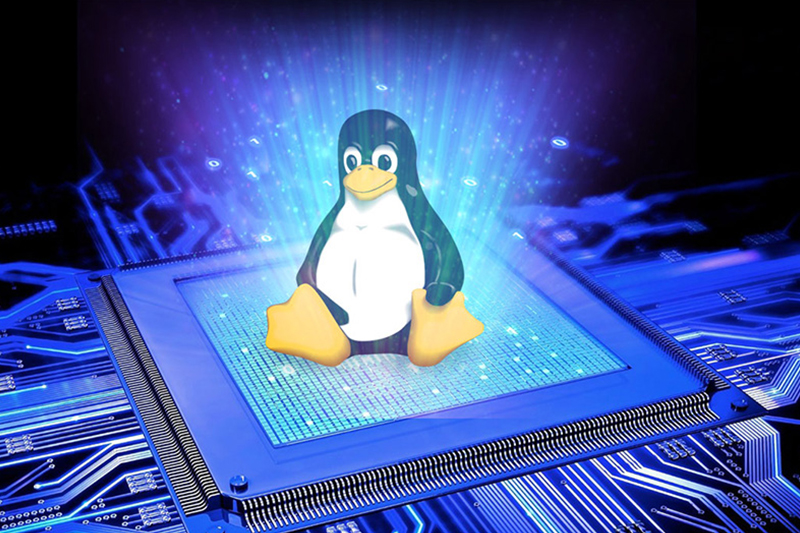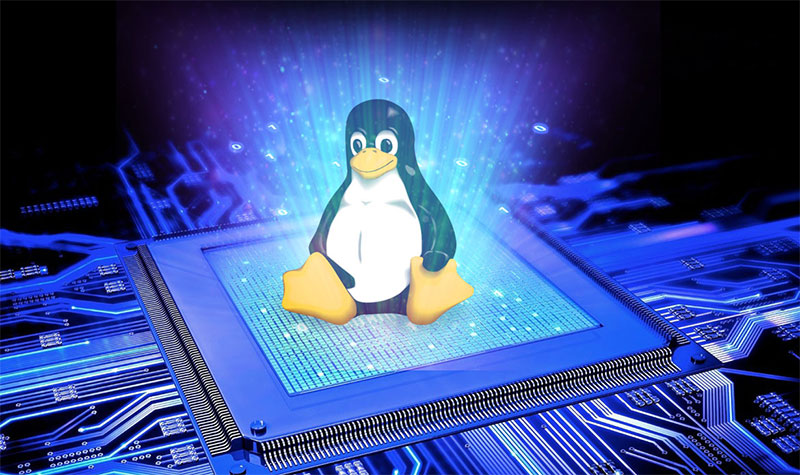
Today we will learn more about embedded software engineering and discuss why embedded Linux should be your number one choice if you are working on building an electronic product.
First of all, we need to talk about Linux. Linux first appeared in August 1991. when Linus Torvalds announced that he was working on a programming language. He claimed that Linux wouldn't support anything other than AT-harddisks and that he was doing it only as a hobby. Today, when we know that more than 96% of top applications run on Linux, his modest claims sound funny.

Difference between Linux and embedded Linux?
Another important question is what is the difference between Linux and embedded Linux. As the name suggests, embedded Linux is used for embedded software engineering. It's a type of Linux kernel explicitly designed for embedded systems. An embedded system is a computer that has the purpose of computing for real-time operations. These systems are found everywhere in consumer electronics, such as TVs, phones, tablets, and all kinds of industrial and medical applications.
Because electronic products are an everyday part of our lives, nowadays, nobody can imagine life without phones, computers, cars, and many other appliances. As a result, there is a rise in demand for careers in embedded systems. Almost every engineer either wants to become an embedded software engineer or already is one. Anyhow, embedded systems are a crucial part of the IT industry, and it's time to learn more about them.

What are embedded systems, and why do we need them?
Embedded systems are powerful and fast yet tiny tools essential to our everyday lives. They are a part of a larger product that the user or customer sees. For example, when we look at an agricultural farming tool, we don't think about the embedded system that's inside and that makes the whole process happen.
Embedded systems are based on microprocessors that control a function or a range of functions. They aren't designed to be used by the user, unlike a personal computer is. Embedded systems are a combination of hardware and software, and they can have varying degrees of complexity, from the simplest thermometers to modern smartphones. Embedded systems are even used in the automotive industry. Nowadays, the demand for capable embedded system engineers is on the rise as machine learning is making its way into consumer devices.
Why should you find an embedded system job?
Many people want to know how to program in Linux, but we have to explain the crucial difference between software engineering and embedded engineering. Embedded engineers also write code, but they need to understand the code's hardware, unlike software engineers.
An embedded engineer is responsible for developing, designing, and implementing the software that is built into devices. Because an embedded system job requires a broader skillset, it also includes high salaries. Additionally, because IoT, machine learning, and artificial intelligence are becoming increasingly important and popular, and embedded systems are at the core of all of these fields, there will be an increasing demand for embedded software engineers in the future.

Devices that use Embedded Linux
Embedded Linux will undoubtedly be applied to more and more devices in the future, which has happened in the past decade. Ten years ago, embedded processors had limitations and didn't have the same capabilities as today's processors. As a result, embedded software engineering is always evolving, and we can expect even more fun things to happen in the future.
Over the past ten years, embedded Linux developed smart toys, wireless routers, robots, TVs, and smartwatches. We need to add multimedia devices such as cameras and video recorders, digital storage devices, and all kinds of consumer electronics devices like tablets and phones to this list. Embedded Linux finds use in cars, machine control, medical instruments, navigation and industrial automation, and even spacecraft flight software! However, the most famous example of embedded Linux is Android OS, developed by Google.
Why you should learn embedded Linux
Developing a kernel for your hardware from scratch is an incredibly challenging task since it requires extensive knowledge of both hardware and software coding. However, embedded Linux might be the thing you need to accomplish your goals. So let's take a look at the reasons why you should learn embedded Linux.
1. It’s open-source
Linux is open-source, which means that it's available for the public to view, edit, and contribute to it. Thanks to this feature, Linux gives you control over your product development. With proprietary OS, you depend on the vendor. For example, if there is a bug you need to fix, you need to work with the vendor. However, his priorities might be significantly different than yours, and you have little control over fixing your own issues. Since Linux is open-source, your success lies only in you, and you have total control over your product development. Additionally, this enables you to use other people's work and find some great solutions in the open-source community.
2. It's royalty-free
Royalty-free is a term used to describe intellectual property that you are allowed to use without having to pay. This is the reason why using embedded Linux appeals to people. However, keep in mind that there are some other costs to count on when using Linux since it requires attention - you can't expect it to work on its own. If you want to understand this better, imagine Linux as a car. The actual cost of the vehicle isn't just that, but also insurance, petrol, maintenance and repairs. These would be fixing bugs, creating drivers, and paying developers to develop applications in the IT industry. However, there still isn't a licence fee, which can save you a fair amount of money.
3. Linux supports all
Whether we are talking about software tools or hardware, there is a high probability that Linux supports it. If it crossed somebody's mind, it most likely has support in Linux. When we talk about hardware, Linux probably supports your platform. If you are developing for common embedded platforms such as SoM or SoC, Linux is probably supporting it. The same goes for X86, PowerPC, MIPS, ARM and much more. The only definite exception is custom software, in which case you can develop Linux drivers that support your hardware. When it comes to programming languages, services, libraries and tools for embedded systems, Linux also has support for all of it.
4. A lot of people use it.
Since lots of people use Linux, many developers have looked at the source code and are familiar with it. If you use embedded Linux for your embedded system, you will easily find help from developers already familiar with it. Since Linux has been used for decades, many bugs have been worked out and fixed. Even when new bugs are there, people can usually solve them quickly. This is especially the case with using popular hardware platforms and working with experienced developers who experienced similar problems on their past projects.
Conclusion
As we saw in this article, the main reason why a career in embedded systems is fruitful is that they are the building blocks for every device we use. Therefore, wherever we turn, we can find a device that runs on embedded Linux. Moreover, since technology is constantly evolving, we are safe to assume that there will be even more demand for embedded systems in the future since there are more and more electronic devices each year.
Another reason why you should learn embedded Linux is that it has been around since 1991. This means that many engineers and developers have extensive knowledge of embedded Linux. So, many bugs have already been solved throughout the years. Every embedded software engineer knows that working on familiar systems is the best since we already know all the tips and tricks around it.
If you are looking into a career in embedded systems and want to become an embedded software engineer, this article can help motivate you to start working towards your goals. Furthermore, if you are interested in our Embedded Linux certificate course at NIT Academy, you can find more information on our website or simply contact our staff.



